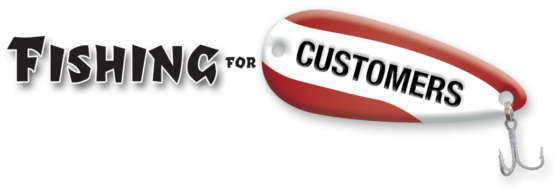 A couple of decades ago I sat on the invisible side of a two-way mirror and studied the members of a focus group as they watched some television ads my company was testing.
A couple of decades ago I sat on the invisible side of a two-way mirror and studied the members of a focus group as they watched some television ads my company was testing.
One of my company’s most vocal supporters watched an ad that positioned our product as quite similar to our major competitor’s product. He immediately lambasted our competitor.
Did you catch that? He saw a test ad in which our product claimed the same marketing position as our major competitor, and immediately assumed that the ad had been produced by that competitor, and promoted the competing product.
Was he easily confused? I think the answer is much more interesting: he suffered an episode of cognitive dissonance.
Cognitive dissonance is a psychological term.
The term was coined in 1957 by social scientist Leon Feistinger to describe the uncomfortable tension which results from a person having two conflicting thoughts at the same time. Feistinger theorized that when the mind is presented with evidence which contradicts strongly held beliefs, the mind acquires or invents new information in order to justify the belief.
Our supporter in the focus group was presented with evidence that one company (ours – his favorite) was claiming attributes of a company he actively disliked. His reaction? It must be the OTHER company making these claims. To admit otherwise would be to admit that his favorite product had THOSE characteristics.
Selective observation is another manifestation of cognitive dissonance. We see this in each of the Presidential debates. Viewers accept those statements which reinforce their current beliefs (justification), and ignore those which contradict (denial). You can accurately gauge the politics of each network commentator by noting which of the candidates the commentator proclaims to be the winner.
How does cognitive dissonance affect advertising?
In general, people tend to be optimistic. They believe themselves to be virtuous, to be intelligent, to be successful. And pointing out the difference between people’s self images and the reality of their current situations can be a valid advertising strategy. The resulting cognitive dissonance can create an incomplete feeling in the customer who doesn’t own whatever the advertiser is selling.
Does it work on everyone? Of course not. But, it can work on enough customers to be a valid strategy.
John thinks of himself as successful, but he drives a 5-year-old car. Mr. Car Dealer reminds John that the new precision driving machine only appeals to those with discerning tastes, and that being seen in a performance car will telegraph to the world that John is someone to be reckoned with.
Jim loves his wife. Mr. Jeweler suggests that if he really loved her, Jim would show it with jewelry as precious as she is. Mr. Jeweler suggests that two months salary is the appropriate amount to consider spending to tell her he’d marry her all over again.
Jake is a young professional, at the beginning of his career. Jake has been advised to look successful in order to appear to management to be ready for promotion. Jake’s friends drink one of the mass advertised domestic beers. Jake has been affected by the advertising of an import positioned as higher quality.
Most advertising delivers images of what people say they want. Most advertising emotionally connects the those images things the advertisers sell. Cognitive dissonance adds the elements of guilt, regret, anxiety, or dereliction.
Am I recommending the application of cognitive dissonance in your advertising?
Maybe. Do you sell a premium product or service? For some premium products it’s a valid strategy. For most, it’s not.
The stronger your position, the more likely you are to be noticed by high-probability prospects. It simultaneously eliminates the low-probability prospects. The stronger the dissonance, the better this strategy will work, if implemented properly. Taken too far the customer can be made to feel like a failure, and won’t buy at all.
Of course, there are consequences to no image, too. Serious consequences.
What’s your image? How strong is that image? The stronger your image, the better the bait, when you’re fishing for customers.
Your Guide,
Chuck McKay

Chuck McKay.
Questions about creating your professional image may be directed to ChuckMcKay@FishingforCustomers.com. Or call Chuck at 304-208-7654.
If you know someone who would find this article useful, please share it.

Cognitive dissonance is a psychological phenomenon which refers to the discomfort felt at a discrepancy between what you already know or believe,and new information or interpretation.Dissonance is often strong when we believe something about ourselves and then do something against that belief.Dissonance normally occurs when a person perceives a logical inconsistency among his or her cognitions.Dissonance theory applies to all situations involving attitude formation and change.It is especially relevant to decision-making and problem-solving.
——————————
rosejenifar
Advisor
I wonder if this is what VW is trying to do with their bizarre “Routan Boom” campaign?
Seeing post-partum depression spokewoman Brooke Shields suddenly mocking both women and pregnancy seemed very dissonant to me.